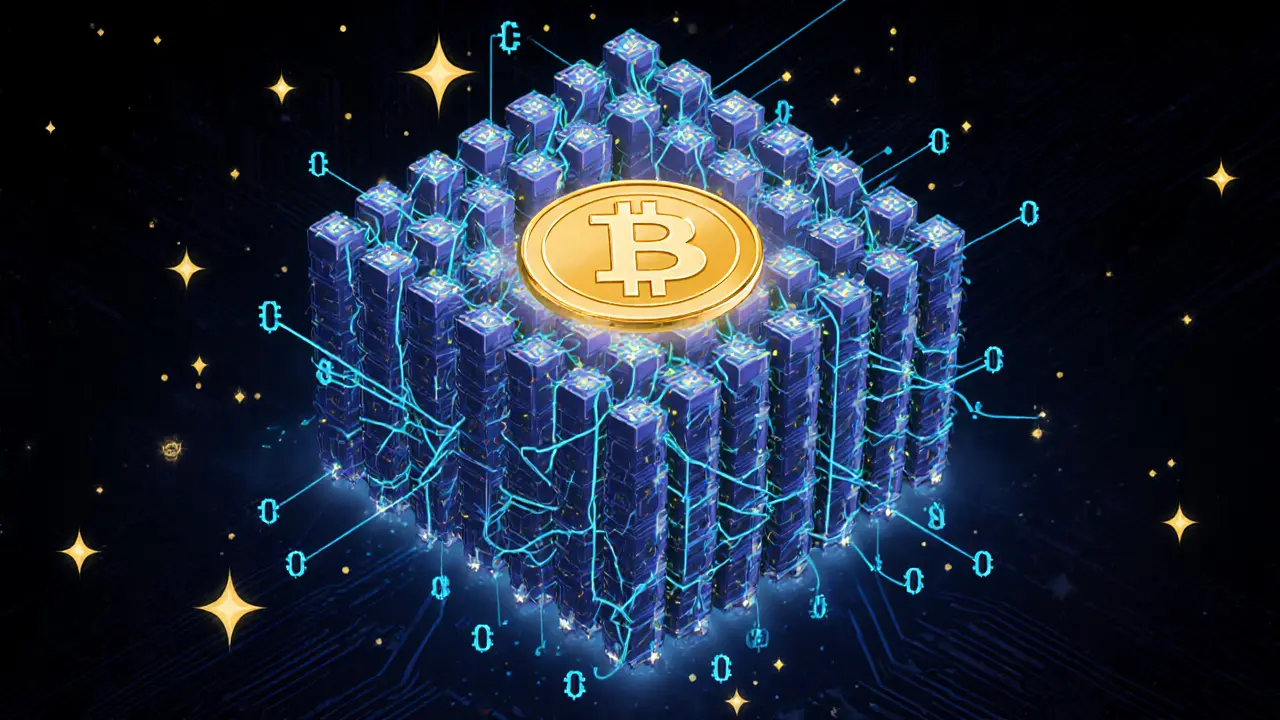Network Hashrate: What It Is and Why It Matters for Crypto Security
When you hear network hashrate, the total computational power being used to secure a blockchain network through mining. Also known as blockchain hash power, it's the invisible force that keeps Bitcoin and other proof-of-work chains running safely. Think of it like the collective strength of thousands of miners working nonstop to solve complex math problems. The higher the hashrate, the harder it is for bad actors to take over the network.
Network hashrate isn’t just a number—it directly affects how secure a cryptocurrency is. If Bitcoin’s hashrate drops suddenly, it becomes easier for someone with enough hardware to launch a 51% attack. That’s why miners don’t just care about profits—they’re literally defending the system. And when hashrate rises, it signals confidence: more miners are joining because they believe the coin has long-term value. This isn’t theoretical. In 2021, when China cracked down on mining, Bitcoin’s hashrate plunged by nearly half overnight—and the price didn’t crash. Why? Because the network recovered fast, proving its resilience.
Related to this are crypto mining, the process of using specialized hardware to validate transactions and add them to the blockchain. Also known as blockchain mining, it’s the engine behind hashrate. Without mining, there’s no hashrate. And without hashrate, there’s no trust in the chain. Then there’s proof of work, the consensus mechanism that requires miners to prove they’ve done computational work to earn rewards. Also known as PoW, it’s the rulebook that makes hashrate meaningful. You can’t have hashrate without proof of work. And you can’t have proof of work without miners.
Some coins are moving away from this model—like Ethereum, which switched to proof-of-stake. But for Bitcoin, Dogecoin, and others still using proof of work, hashrate is everything. It’s not just about how much power is being used—it’s about who’s using it, where they’re located, and whether they’re stable. A hashrate dominated by one country or one company is a risk. A distributed, global hashrate? That’s real security.
What you’ll find in the posts below isn’t just theory. You’ll see real examples: how mining bans in Afghanistan affected local hashrate, how unregulated exchanges like NUT MONEY and Digiassetindo can’t support real mining infrastructure, and why scams like CDONK and AXL INU have zero hashrate backing them—because they don’t even have a real blockchain. You’ll also see how tools like liquid staking for Solana (JSOL) or decentralized exchanges on BNB Chain (Superp) interact with the broader mining ecosystem—even if they don’t mine themselves. This isn’t just about numbers. It’s about trust, power, and who really controls the network.
Understanding Bitcoin Network Hash Rate: How Computational Power Secures the Blockchain
Bitcoin's hash rate measures the total computing power securing the network. Higher hash rates mean stronger security, resistance to attacks, and network stability. Learn how it works and why it matters.
learn more